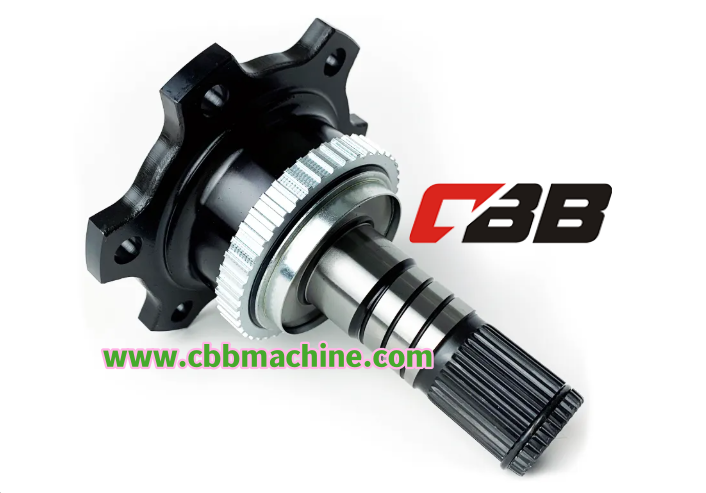Differential Shaft in Modern and Adaptive Industrial Design

In manufacturing systems, the Differential Shaft has emerged as a reliable solution for precise winding and material handling. When developed through the perspective of Cbbmachine, it takes on a role that blends engineering insight with industrial practicality. By addressing the balance between control, flexibility, and consistent performance, this component has become indispensable in industries where material tension and uniform roll quality directly influence the outcome of production.
The principle of the shaft is to allow independent rotation across multiple cores while maintaining even torque distribution. This ability makes it highly effective in applications such as film, paper, or foil winding, where uneven tension can compromise quality. Instead of relying on rigid mechanics, the shaft permits controlled adjustment, ensuring that each roll receives the necessary balance to maintain uniformity. Through this approach, errors caused by slippage or misalignment are reduced, resulting in smoother workflows and dependable results.
One key advantage lies in its contribution to efficiency. By reducing downtime associated with roll changes or tension corrections, the differential shaft keeps operations moving steadily. Its adaptability across different material widths and thicknesses makes it a versatile component that can serve a variety of production environments. This flexibility reduces the need for multiple specialized tools, allowing manufacturers to streamline their equipment setup while maintaining consistent output.
Durability is also embedded in its design. Materials and construction methods are selected to withstand continuous use under demanding conditions, ensuring that stability is not compromised even after extended operation. The focus on longevity supports sustainable practices, as fewer replacements and repairs contribute to resource efficiency. In industries where operational reliability is closely tied to cost management, this becomes a significant benefit.
The differential shaft also plays a role in advancing automation. Its compatibility with modern control systems enables operators to adjust torque distribution electronically, aligning the mechanical function with digital command. This synchronization enhances precision, reduces manual intervention, and allows the shaft to integrate seamlessly into production environments where automation is steadily becoming the standard.
Beyond its practical value, the component opens pathways for innovation. Its predictable and stable behavior allows engineers to design systems that experiment with new material types, production speeds, or formats without sacrificing control. Whether used in established manufacturing processes or in the testing grounds of experimental design, it offers a foundation for creativity within industrial frameworks.
Sustainability is another perspective worth highlighting. By reducing waste through improved accuracy in winding and minimizing energy loss through efficient operation, the differential shaft contributes to responsible manufacturing practices. It reflects a shift in industry priorities, where efficiency is not only measured by speed and output but also by thoughtful resource use.
Ultimately, the story of the differential shaft is one of balance. It unites the need for flexibility with the requirement for precision, merging traditional engineering principles with modern industrial needs. Its presence may seem understated, but its impact is evident in the stability of production and the quality of the final product.
For those curious about how such components quietly shape entire industries, the journey continues beyond words. Step into a space where machinery design and innovation converge by visiting https://www.cbbmachine.com/news/industry-news/what-is-a-differential-shaft.html . Each visit unfolds another detail, inviting you to engage directly with the craft that keeps production moving smoothly.
- Art
- Causes
- Crafts
- Dance
- Drinks
- Film
- Fitness
- Food
- Jogos
- Gardening
- Health
- Início
- Literature
- Music
- Networking
- Outro
- Party
- Religion
- Shopping
- Sports
- Theater
- Wellness


